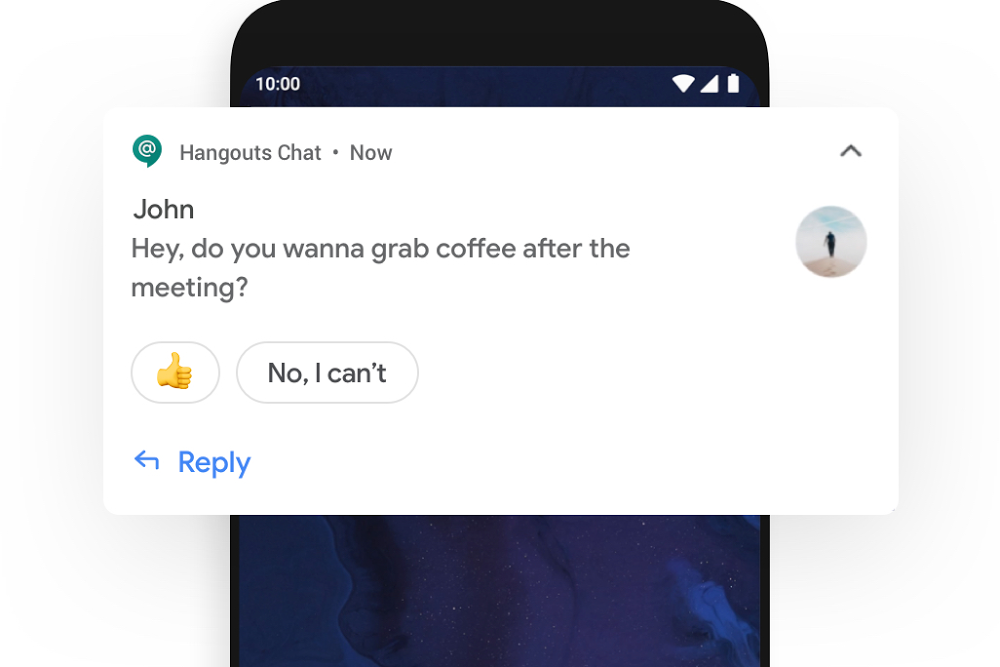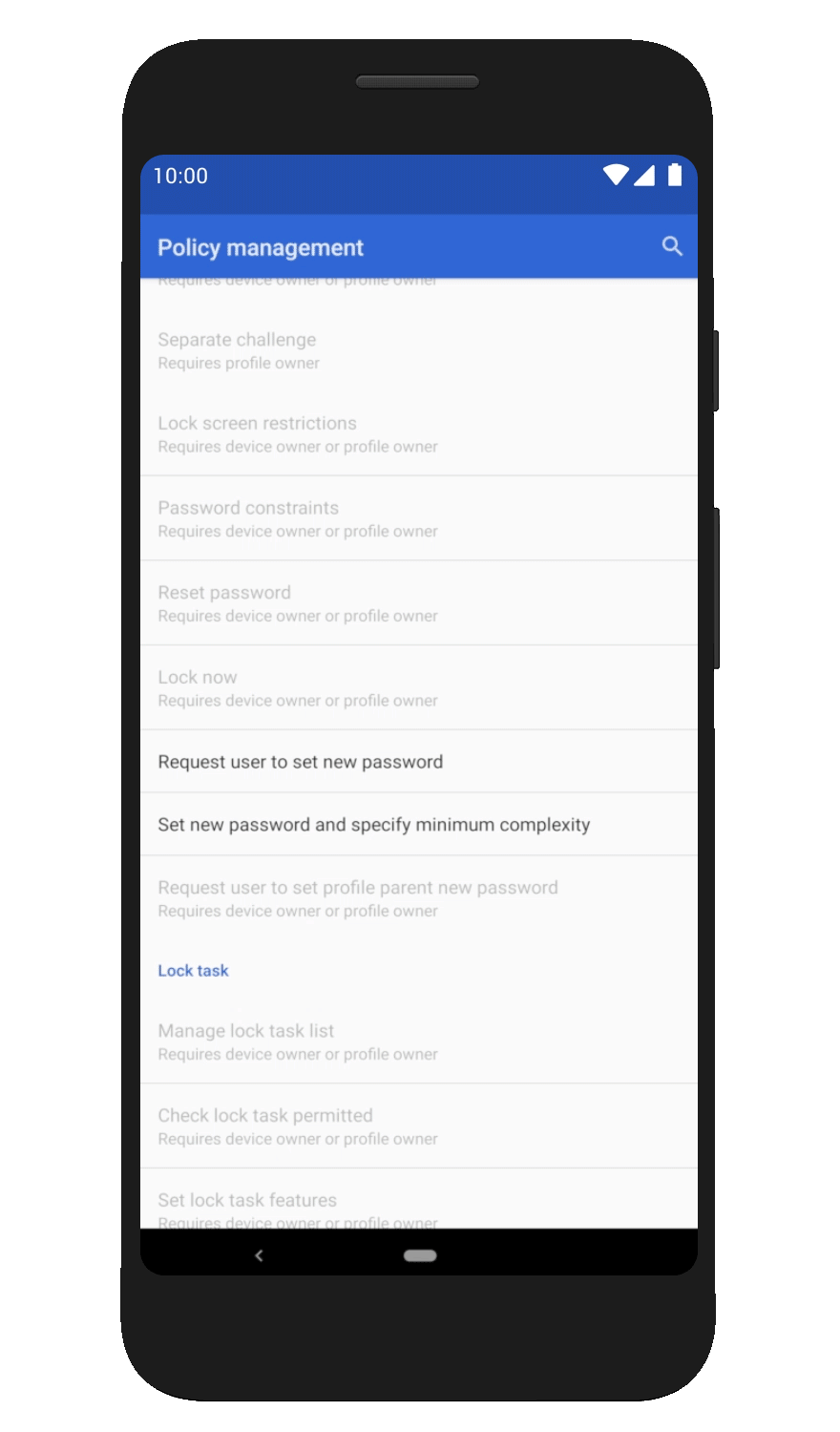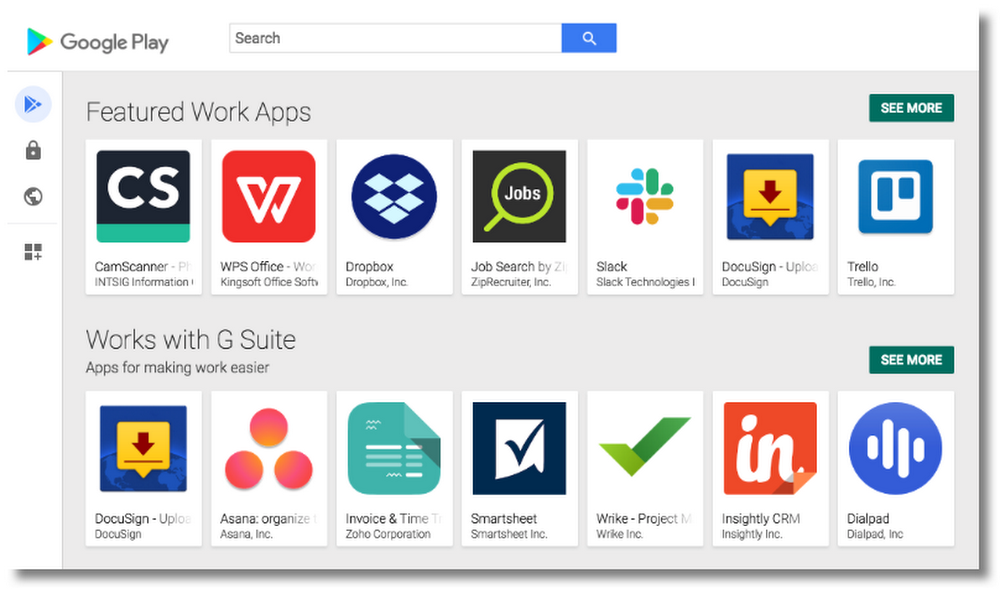Android 10 is officially available, and it delivers a wealth of helpful features to employees and more security and control for IT.
This release not only marks the 10th version of Android, but also highlights our strong, sustained investment in enterprise features going back to Android 5.0 with the introduction of the work profile and many other management tools.
While we’ve accomplished a lot since then to make Android even more secure and powerful for businesses, we know our work is never done. In Android 10, we’ve focused on being even more helpful and useful for employees, enabling them to work smarter on their terms. And we’ve worked on giving IT more trust and assurance for whatever use case suits their business needs.
More privacy for employees
We’re providing employees more flexibility and privacy when using a corporate-owned device. Organizations can now provision company-owned devices into work profile mode using zero-touch enrollment or other enrollment methods, so employees can enjoy even more privacy when using their work device for personal reasons and IT admins have one consistent way of managing across company-owned and BYOD devices.

Corporate-owned devices can now be provisioned with a work profile through zero-touch enrollment or QR code.
Android 10 also offers a new privacy section in settings, so employees can see all their web, app, and ad setting controls in one place. There are also more fine-grained controls for location data so employees can give an app access to location only when the app is in use.
Making work easier for employees...
The newest version of Android provides even more tools to make everyday tasks easier, like the expansion of smart replies in all app notifications so any business application can offer default suggestions for replies and actions. With Live Caption, a new system-level tool that captions any video on your device, employees can follow along with video conference calls and live business presentations without missing a word.

Smart Reply can suggest actions based on notification content.
Employees on a work profile device can also choose their favorite input method for their personal profile while IT can still mandate a specific keyboard for the work profile. Compatible calendar apps can also show work events alongside personal events so employees can see everything in one view.
With Focus mode, currently in beta, employees have a great tool to tune out distractions and concentrate on getting work done. This is a great companion to Turn Off Work, for disconnecting from work apps on nights, weekends or holidays.
...And for IT
We previously gave organizations the ability to freeze device updatesfor up to 90 days. In Android 10, admins can now push system updates manually from a file, so they can schedule them when devices are idle or to save network bandwidth. There’s also a new feedback channel for apps, so admins can see the status of managed configurations and get confirmation that settings have been applied.
New for Android 10, Project Mainline makes it easier to update core OS components in a way that's similar to how apps are updated: through Google Play. With this approach, selected Android components are updated faster without needing a full over-the-air update from the device manufacturer. As a result, IT organizations enjoy more seamless security and privacy fixes and consistency improvements across their device fleets without a lot of extra work.
Raising the bar on security
Android 10 features more than 50 security and privacy improvements that benefit both IT organizations and employees. Some of the enterprise features include the ability to block the installation of apps on the personal side via unknown sources on devices with a work profile, to reduce the risk of malware. IT can also set a private DNS server on a fully managed device and require DNS over TLS to avoid leaking URL queries.
With the deprecation of Device Admin for enterprise use in Android 10, apps will get new tools to check the quality of screen lock credentials. For example, an email app can query the complexity level of the device screen lock and direct users to create a stronger password if the security policy isn’t met.

Apps requiring a lock-screen can now check the quality of the password.
Other improvements include enabling TLS 1.3, a more secure and private networking protocol, by default and additional platform hardening efforts to make any vulnerabilities much more difficult to exploit. For more information on Android 10 security improvements check out the Google security blog.
Get started with 10
Android 10 is available starting today on Pixel phones and we’re working with a number of partners to launch or upgrade devices to Android 10 this year. For more information on the Android 10 enterprise features, visit our developer page.

